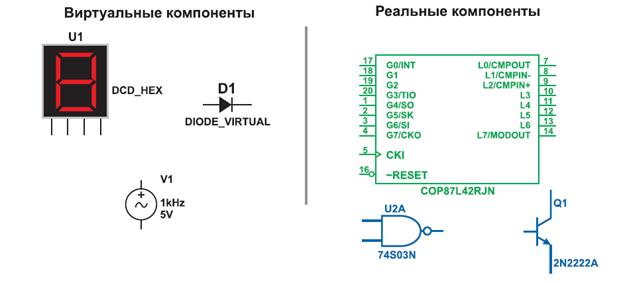Sugar and Sugar Crops
Sugar is extracted from the sugar cane and the sugar beet. Cane sugar is manufactured from the sugar cane. In the manufacturing of sugar cane, the first step is crushing of the cane to express the juice. The juice is then clarified, usually by heating with lime. The clarified juice is then concentrated in vacuum evaporators to a brownish syrup containing about 35 per cent moisture of syrup and crystals. The crystals are separated from the liquor or molasses by centrifugal machines. The molasses may be evaporated a second and a third time and the crystals are removed. The sugar thus separated from the molasses is known as raw sugar. The raw sugar must be washed, treated with lime, filtered, recrystallized, washed and dried to give the familiar refined sugar. Recovery of crystalline sugar from the sugar beet is not a simple procedure. In its life processes, the sugar beet forms many organic substances other than sucrose and takes up inorganic nutrient elements from the soil. These nonsucrose substances are also brought into solution of sucrose during processing and must be removed. Some are removed by liming and filtering, but those that remain inhibit crystallization of sucrose. This is how beet sugar is produced. The beets are washed and sliced. The juice which is high in sucrose is leached by hot water. It is then subjected to clarification, filtration, and evaporation, resulting in formation of clear crystals. Sugar crops are crops produced as major sources of sugar, syrup, and other substances. Sugar beet and sugar cane. These are crops which serve as a source of sucrose, the sugar of commerce. Sugar is a broad term applied to a large number of carbohydrates that have a more or less sweet taste. The primary sugar, glucose, is a product of photosynthesis and occurs in all green plants. Through chemical union, diverse sugars and starches are elaborated and become the major reserve food in storage organs, fruits and sap of plants. In most plants the sugars occur as a mixture that cannot be readily separated into the components. In the sap of some plants the sugar mixtures are condensed into syrup. The juices of sugar cane and sugar beet are unusually rich in pure sucrose. These two sugar crops serve as the sources of commercial sucrose. Sugar maple. Colonists learned from the American Indians the art of making sugar and syrup from the sap of certain maple trees of the Great Lakes and St. Lawrence River region. The techniques, once used only for maple sugaring at home, have been for many years the basis of commercial production of sugar and syrup. Sugar palm is obtained from the sap of several species of palm in tropical regions of the world. In eastern Asia and Malaysia, where the production of palm sugar is an important industry, the sugar palm is the major source of sap. In processing, the sap is condensed by heating until it becomes thick syrup in which the sucrose crystallizes. The viscous mass is poured into molds to form small cakes of sweet substance. Corn sugar and syrup. These are produced by the inversion of starch to its component sugar. These sweeteners have wide use in bakery, confectionery, and beverage industries (2500). Translate into English.
|




